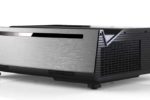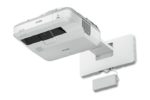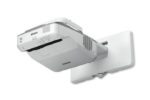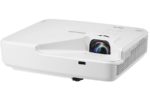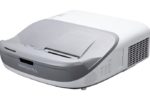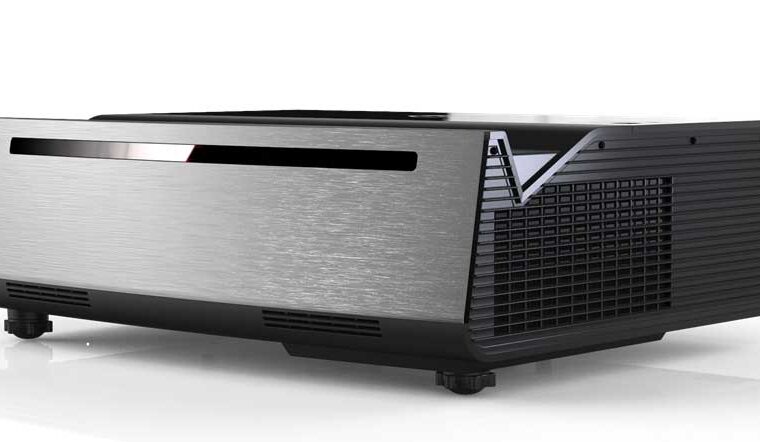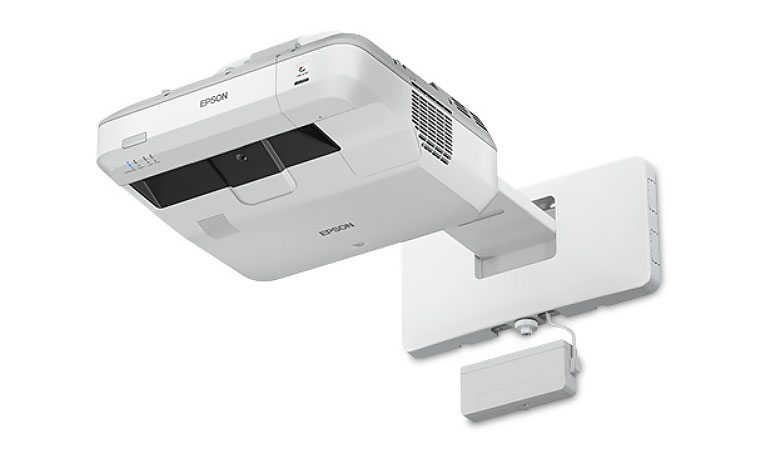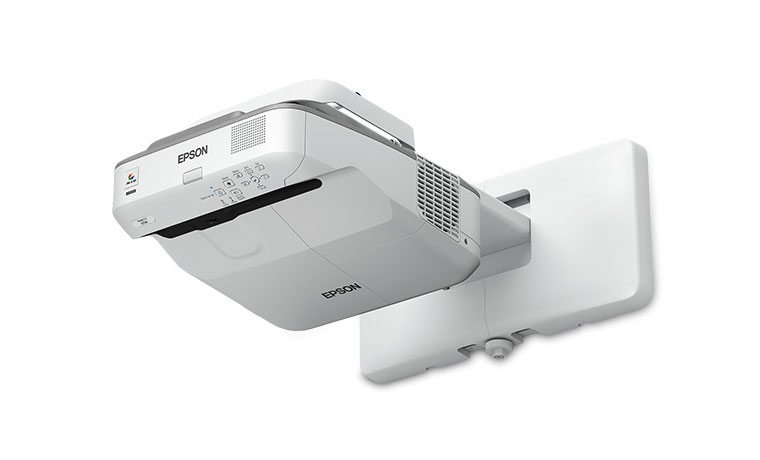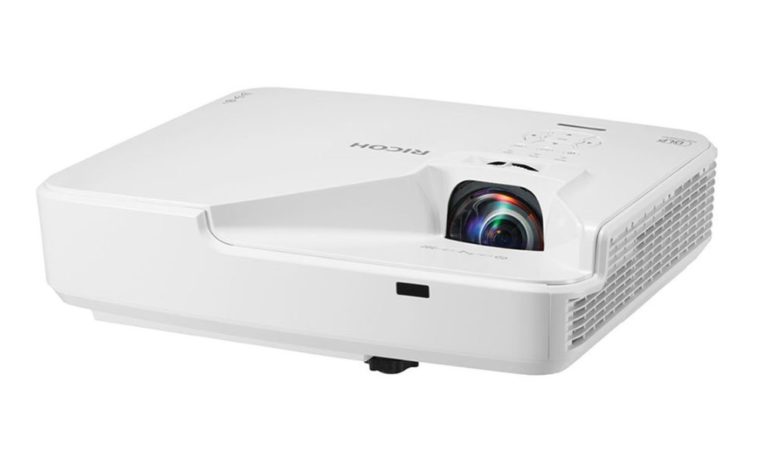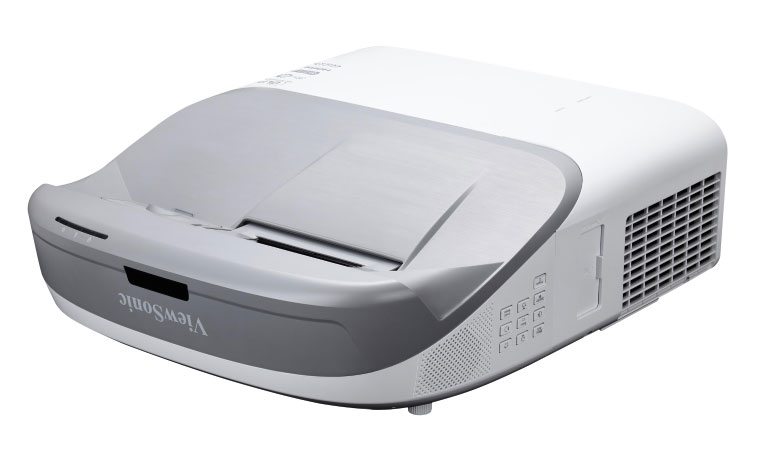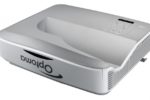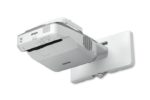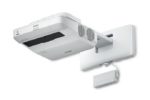We reviewed five projectors this year, that are UST projectors, that is, meaning they sit either right above or below the screen, with the projector typically no more than 4 to 10 inches away from the screen at the most. This is obviously beneficial in preventing the teacher/presenter from being blinded by a projector while, say, writing on a white board being used as a screen (if an interactive) or just for getting close to the screen with a traditional projector.
Of these five, two are fully interactive with pen and/or touch control, while a third (the Ricoh) offers optional interactivity from eBeam. Three are laser projectors, one is not interactive (Dell S718QL), one is the optional interactive (Ricoh) and the fully interactive one is the Epson 710Ui.
The five represent three different resolutions – three of them are WXGA, which keeps those relatively affordable. Then there's Epson's BrightLink 710Ui, which is WUXGA, and one, the Dell S718QL, is 4K UHD, so it is capable of producing the sharpest image of the "class."
Except for a select group of classrooms needing or working with 4K content – you know, perhaps higher education classrooms where scientific modeling, or engineering, or similar – WUXGA, or even WXGA is all the resolution that most should need. WUXGA is the top of the food chain right now for higher education (with exceptions) But for that occasional exception, the Dell's 4K UHD will be slightly sharper, and reveals slightly more detail than the others. Only the Dell of this group even accepts 4K content.
Here are our "contestants" and our basic overviews on each, presented here in alphabetical order:

